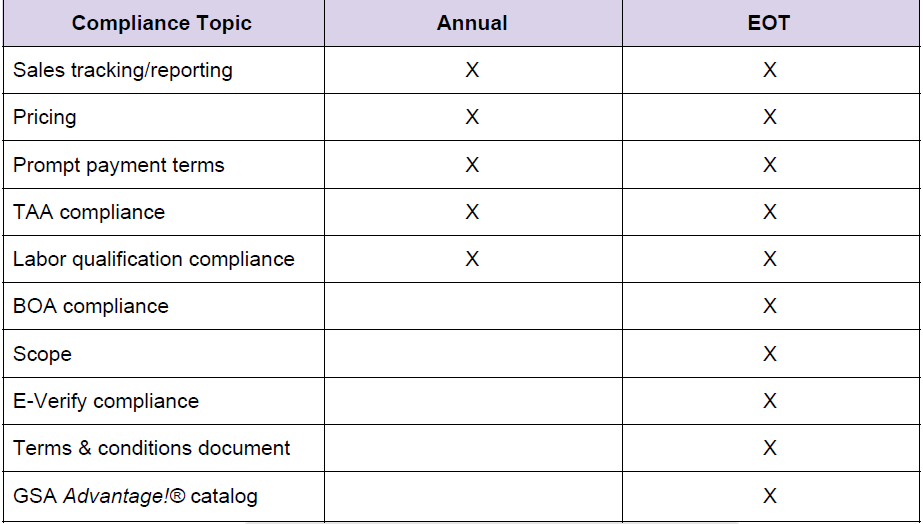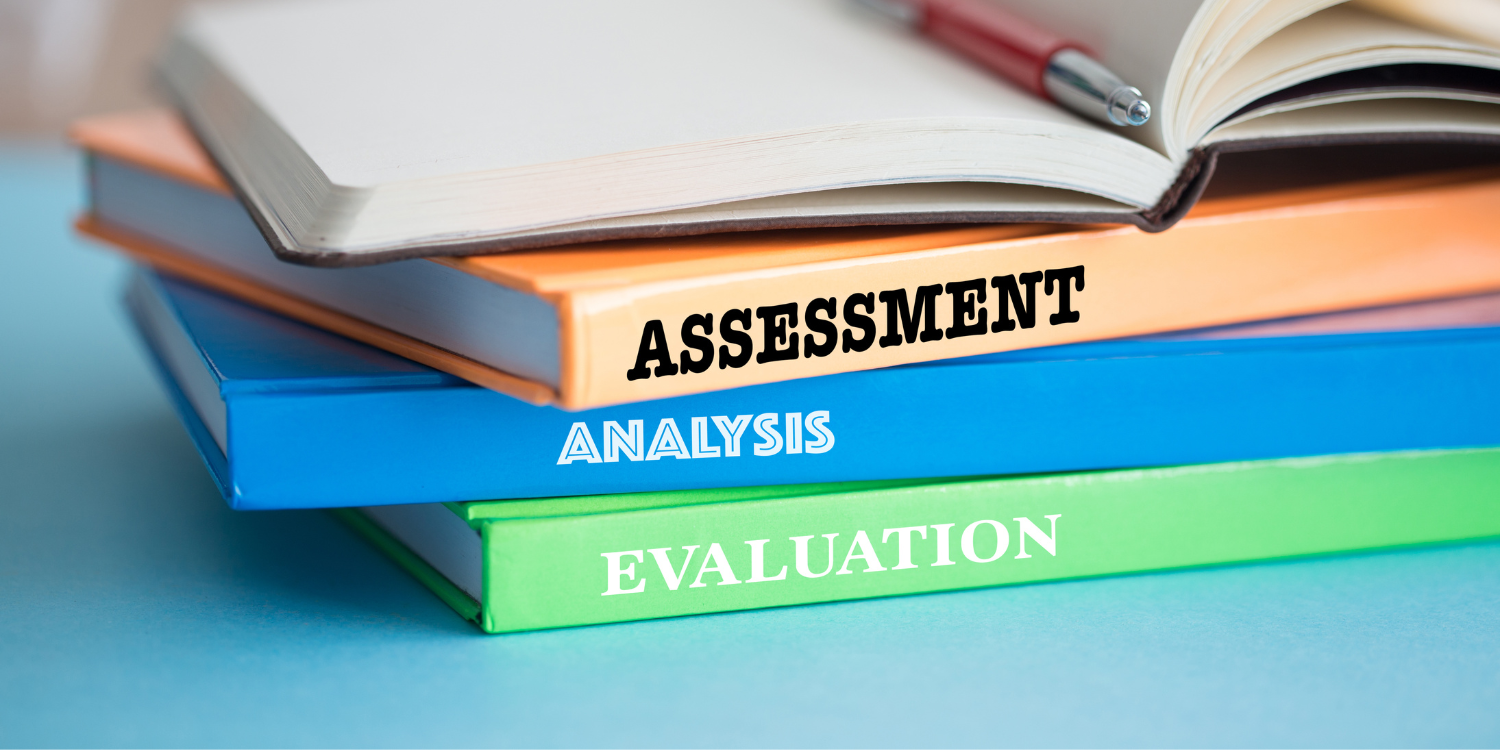The GSA Contractor Assessment Process: What You Should Know
GSA Schedule | 4 Min Read
The world of GSA is full of acronyms--IFF, MFC, CSP, CAV, it can be hard to keep up. Contractors should be aware of all maintenance and compliance aspects associated with their GSA Multiple Award Schedule (MAS) contract, and one of the most important recurring measures for GSA contractors is the Contractor Assessment Visit (CAV).
Each year, GSA contractors regardless of what they sell will go through a Contractor Assessment conducted by the Industrial Operations Analyst (IOA) assigned to the contract. These assessments were previously referred to as “Assistance” visits because they are intended to help contractors identify potential areas of improvement and establish plans of action to address these areas. Let's talk about how you can prepare for these visits so they go smoothly.
What Exactly is a Contractor Assessment Visit (CAV)?
A CAV is more of a multi-step process than an actual “visit” with your IOA. The purpose of these meetings is to assess your contract’s compliance with GSA Schedule terms, conditions, and regulations. Your IOA’s job is to help you understand which aspects of your contract should be tracked most closely and how.
GSA has a lot of paperwork and information on your contract on-hand, but IOAs will rely on coordination with the contractor in order to gather more information so they will be able to best assess the contract’s current situation. It's important to remember that your IOA is there to “assist” and that these visits are not meant to come across as audits – those are reserved for the Office of the Inspector General (OIG).
GSA IOAs do not have the authority to subpoena documents and internal records like the OIG does during a full-scale audit, which is why it's important to keep an open dialogue with your IOA during this process and establish a healthy working relationship in order to complete these annual visits efficiently and smoothly.
How Often Will You Have a CAV?
Most GSA Schedule contractors will have a Contractor Assessment annually, but there are exceptions where it may be held less often such as if a contractor hasn't reported any GSA sales for the year. You will also have End-of-Term (EOT) assessment which occur in the fourth year of each five year contract period.
The table below details what compliance information is covered in an annual assessment versus an EOT assessment:

Next, we'll cover a step-by-step timeline of the typical CAV process.
Step 1 – Scheduling and Data Requests
The first part of the CAV process will be an email notification from your IOA. The assigned individual will send out a notice listing the documents they will be requesting for review, as well as some suggested dates and times to schedule the actual meeting. Examples of documentation that your IOA may request includes:
- Contract documents including the SF1449, Final Proposal Revision (FPR), Modification SF30s
- Historical sales data – both commercial and GSA
- Invoices and Purchase Orders to both GSA and commercial buyers in order to ensure an appropriate tracking system is in place
Step 2 – The Meeting
On the date and time agreed upon in Step 1, your IOA will meet with you virtually via teleconference with screen sharing. Any authorized negotiator on the GSA MAS contract will be able to participate in this meeting if identified with the IOA ahead of time.
In the past, CAVs were held in person but as times have changed, technological advancements have made it more efficient for IOAs to conduct these “visits” virtually. These meetings have no set length outside of what your IOA schedules, meaning that however long it takes to review all compliance aspects such as sales reporting and Industrial Funding Fee (IFF) payment, Basis of Award (BOA) compliance, Mass Modification acceptance, etc. is how long the meeting should go.
Generally, providing your IOA with the specific data they’ve previously requested helps to streamline the meeting process and will allow the IOA to more succinctly discuss their findings with you. If you are confident that your company has taken the appropriate steps to manage Schedule compliance and maintenance, you should receive glowing remarks.
If an issue or area of concern arises, your IOA will outline in detail for you what that issue is and how it should best be handled. If problem areas are discussed, corrective action can be identified and taken which we'll cover below. Remember, these “visits” are not full-scale audits and are meant to help the contractor remain or become complaint with GSA MAS terms.
Step 3 – The Results and Report Card
Once the meeting has concluded, your IOA will prepare a Contractor Assessment Report summarizing each area discussed, their findings related to compliance and adherence to GSA MAS terms, and recommendations moving forward. Areas covered in this report will be the same as discussed during the meeting, including:
- Sales Reporting/IFF payment
- Pricing compliance
- Additional Discount Adherence (prompt payment, volume, etc. if applicable)
- Trade Agreements Act (TAA) Compliance
- Basis of Award (BOA) Compliance
- Labor Category Qualifications Compliance (if applicable)
- Adherence to established delivery terms
Depending on your IOAs findings throughout the CAV process, this report will come between 7-14 days after the meeting has been concluded. Once received, if there are any areas of improvement, GSA will request that your company address each swiftly.
Are You Prepared for Your Next CAV?
If you have an upcoming CAV that you’re preparing for or need help making sense of your report card for next time, Winvale is here to help. Having participated in hundreds of CAVs across our experienced consulting team, we can help your next assessment run smoothly and successfully.






